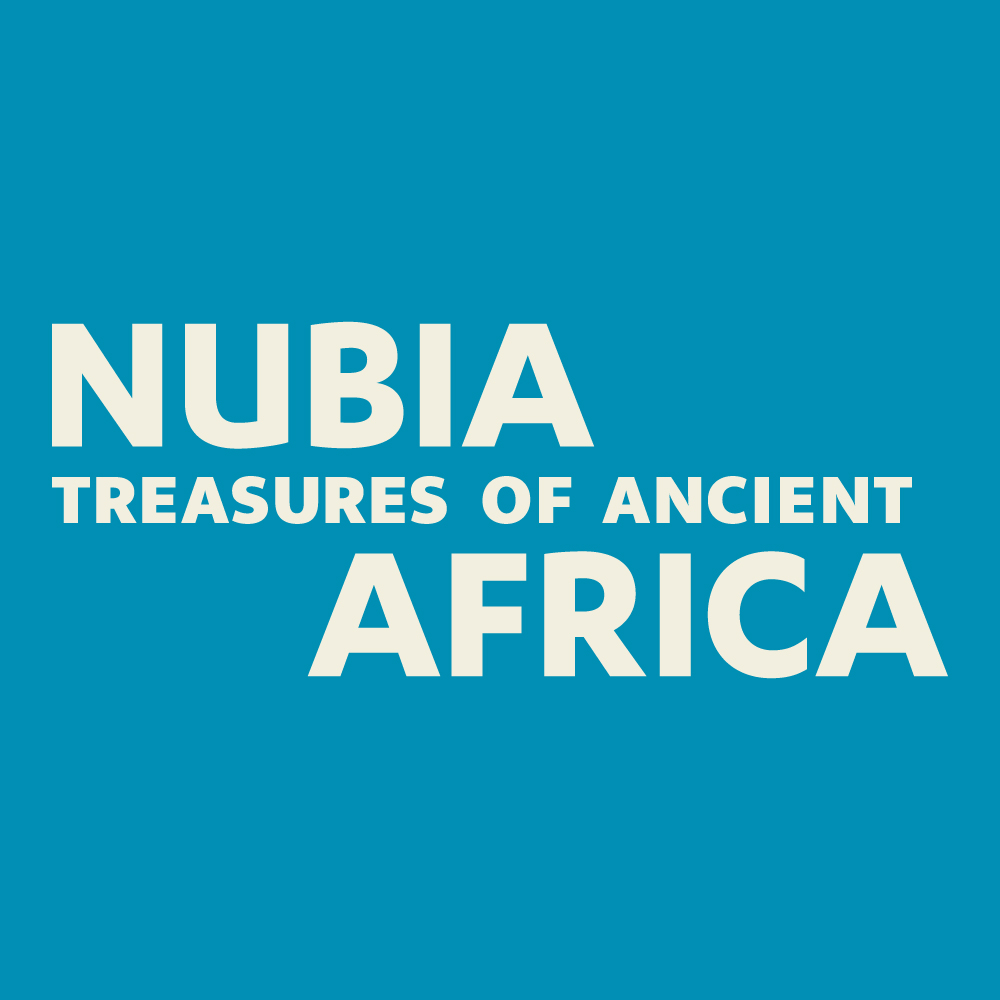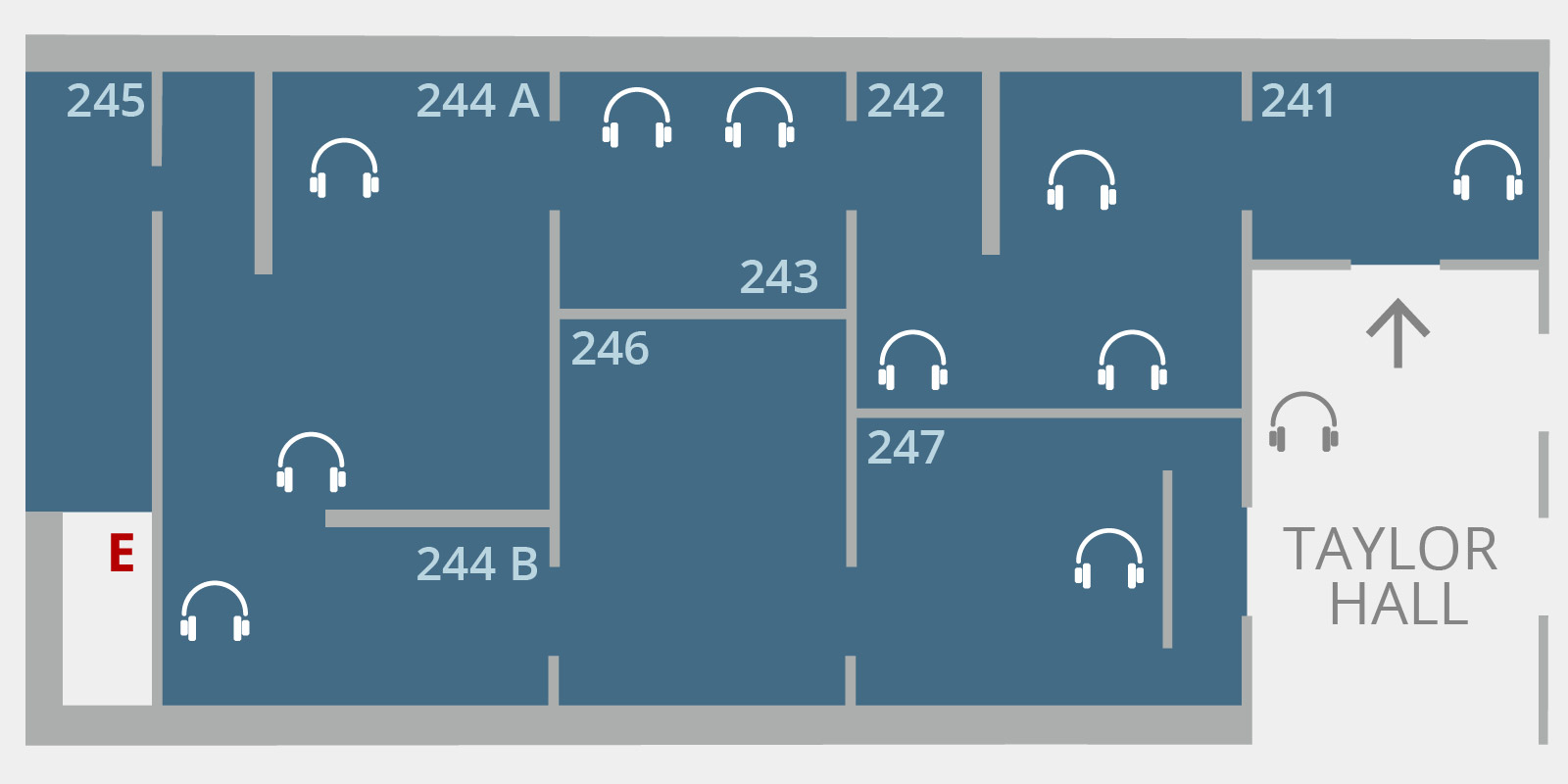Installation view of Nubia: Treasures of Ancient Africa
This audio guide explores the history and artistic achievements of ancient Nubia through magnificent jewelry, pottery, sculpture, metalwork, and more. Listen to a general introduction and expert commentary from Denise Doxey, curator of ancient Egyptian, Nubian, and Near Eastern art at the Museum of Fine Arts, Boston.
-
Access and Assistance
Free Public Wi-Fi
The Saint Louis Art Museum offers free Wi-Fi to visitors. From your device, access the SLAM_GUEST network.
Large Print Labels
Large-print labels are available on your own device and upon request at the Taylor Hall Welcome Desk.
AUDIO GUIDE TRANSCRIPT
The audio guide transcript is available to view on your own device.

Introduction
- Transcript
Speaker: Brent Benjamin
Barbara B. Taylor Director
Saint Louis Art MuseumHello, I’m Brent Benjamin, Barbara B. Taylor Director of the Saint Louis Art Museum. It is my pleasure to welcome you to the audio guide for Nubia: Treasures of Ancient Africa. The exhibition presents the history and artistic achievements of ancient Nubia and showcases the collection of the Museum of Fine Arts, Boston, through magnificent jewelry, pottery, sculpture, metalwork, and more. For nearly 3,000 years, a series of Nubian kingdoms flourished in the Nile River valley in what is today Sudan. The ancient Nubians controlled vast empires and trade networks and left behind the remains of cities, temples, palaces, and pyramids but few written records. As a result, until recently their story has been told in large part by others—in antiquity by their more famous Egyptian neighbors and rivals, and in the early 20th century by American and European scholars and archaeologists. Through art, this exhibition addresses past misunderstandings and misinterpretations and offers new ways of understanding Nubia’s dynamic history and relevance, which raises issues of power, representation, and cultural bias that were as relevant in past centuries as they are today.
This exhibition audio guide offers expert commentaries from Denise Doxey, guest curator of this exhibition and curator of ancient Egyptian, Nubian, and Near Eastern art at the Museum of Fine Arts, Boston. The guide features a selection of objects from various ancient Nubian kingdoms and shares insights into the daily life of the Nubians, their aesthetic preferences, religious beliefs, technological inventiveness, and relations with other ancient civilizations. These observations will also touch on archaeology as practiced in the early 20th century, when the Museum of Fine Arts, Boston, and Harvard University jointly performed the first scientific excavations of Nubian sites.
We encourage you to experience this guide in any order you like, whether chronologically or on an object-by-object basis. Each featured work can be located by following the floorplan on this webpage or by identifying the audio icon on the object’s label in the exhibition. Whether you’re listening from home or in the Museum galleries, I hope you enjoy this audio guide and your visit to Nubia: Treasures of Ancient Africa.
- Gallery Text
Nubia: Treasures of Ancient Africa
For nearly 3,000 years, a series of kingdoms flourished in the Sudanese Nile valley—a region known in antiquity as Kush and by modern scholars as Nubia. Ancient Nubian trade networks reached across the Mediterranean to Greece and Rome and far into central Africa. In the 8th century BC, Nubian kings conquered neighboring Egypt and, for nearly a century, controlled one of the largest empires in antiquity. The Nubians built major cities, temples, palaces, and more pyramids than the Egyptians. Their artists and craftspeople created magnificent jewelry, pottery, metalwork, furniture, and sculpture. Yet for many people today, this powerful history remains little known.
Nubia: Treasures of Ancient Africa explores ancient Nubia’s history chronologically through works drawn entirely from the Museum of Fine Arts, Boston’s Nubian collection, the largest and most important outside Sudan. At the same time, it seeks to confront some of the ways in which that history has been obscured and misinterpreted over the last century.
The exhibition presents more than 300 works of art, made over thousands of years of Nubian history. In these galleries, you will find masterpieces that highlight the skill, artistry, and innovation of Nubian makers and reflect the wealth and power of their kings and queens. You will also learn how ancient Nubia’s history has been written and taught during the last century and what it symbolizes to many today. Recent discoveries and balanced perspectives now reshape the ways this civilization’s
past is understood.Unless otherwise noted, all works in this exhibition are on loan from the Museum of Fine Arts, Boston.
Learn More
Credits
Ancient Nubia Archaeological Sites Drone Footage Montage; filmed by Bryan Whitney, Bernard-Noel Chagny, Frank Stremke; Courtesy of Museum of Fine Arts Boston, © Bryan Whitney / NCAM Jebel Barkal Archaeological Mission, Sudan. T. Kendall and Al-Hassan A. Mohamed (Co-Directors), Mission archéologique de l'Université de Genève à Kerma and Qatari Mission for the Pyramids of Sudan and German Archaeological Institute
